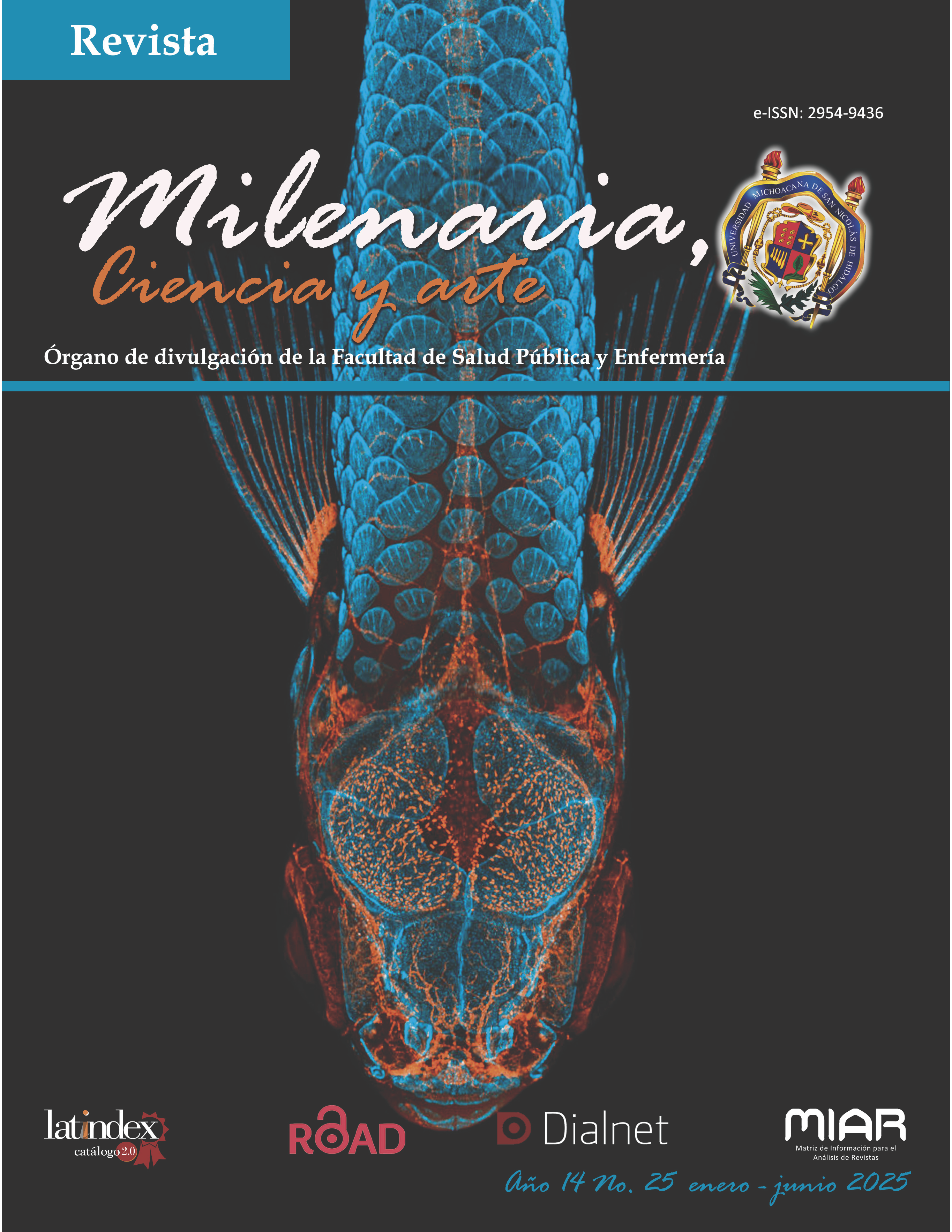Milpa Grasshopper as an alternative protein
DOI:
https://doi.org/10.35830/mcya.vi25.556Keywords:
Grasshopper, Protein, AlternativeAbstract
Interest in the use of alternative proteins has increased significantly in recent years, due to the search for better nutritional options and concerns about the environmental impact of meat production. Among these alternative sources, insects such as grasshoppers are consumed in some regions of Mexico and have a high protein content, surpassing traditional meats such as chicken and beef. Various studies have investigated the nutritional profile of these insects, finding that they offer high levels of protein, lipids, vitamins and other beneficial nutrients. In addition, food products fortified with grasshopper flour have been developed, demonstrating good acceptability and high levels of digestibility. These findings suggest that insect-derived proteins are an excellent option to improve the nutritional characteristics of various foods.
Downloads
References
Aragón-García, A., Rosalba Rodríguez-Lima, D., Pino-Moreno2, J. M., Aragón-Sánchez, M., Carlos-Ángeles, S., & García-Pérez, A. (2018). Valor nutritivo de la harina del chapulin Sphenarium purpurascens Charpentier, 1845 (Orthoptera: Pyrgomorphidae) tostado y natural. Revista Entomologica de Mexico, 5, 106-112.
Blásquez, J. R.-E., Moreno, J. M. P., & Camacho, V. H. M. (2012). Could Grasshoppers Be a Nutritive Meal? Food and Nutrition Sciences, 03(02), 164-175. https://doi.org/10.4236/FNS.2012.32025
Cortizo Fontenla, M. (2018). Desarrollo de una tostada de maíz enriquecida con harina de chapulín. Caracterización de compuestos bioactivos, digestibilidad y aceptación sensorial. https://riunet.upv.es/handle/10251/110540
Del Val de Gortari, E., & Moreno-Calles, A. I. (2022). La paradoja de los chapulines. Herreriana, 4(1), 6-10. https://doi.org/10.29057/H.V4I1.8741
González, C. M., Garzón, R., & Rosell, C. M. (2019). Insects as ingredients for bakery goods. A comparison study of H. illucens, A. domestica and T. molitor flours. Innovative Food Science & Emerging Technologies, 51, 205-210. https://doi.org/10.1016/J.IFSET.2018.03.021
Ramos-Elorduy, J. (2008a). Energy Supplied by Edible Insects from Mexico and their Nutritional and Ecological Importance. Ecology of Food and Nutrition, 47(3), 280-297. https://doi.org/10.1080/03670240701805074
Ramos-Elorduy, J. (2008b). Energy Supplied by Edible Insects from Mexico and their Nutritional and Ecological Importance. Ecology of Food and Nutrition, 47(3), 280-297. https://doi.org/10.1080/03670240701805074
USDA. (2023). Chicken, breast, boneless, skinless, raw - USDA FoodData Central Food Details. https://fdc.nal.usda.gov/food-details/2646170/nutrients
Downloads
Published
How to Cite
Issue
Section
License
Copyright (c) 2025 Milenaria, Ciencia y arte

This work is licensed under a Creative Commons Attribution-NonCommercial-ShareAlike 4.0 International License.





